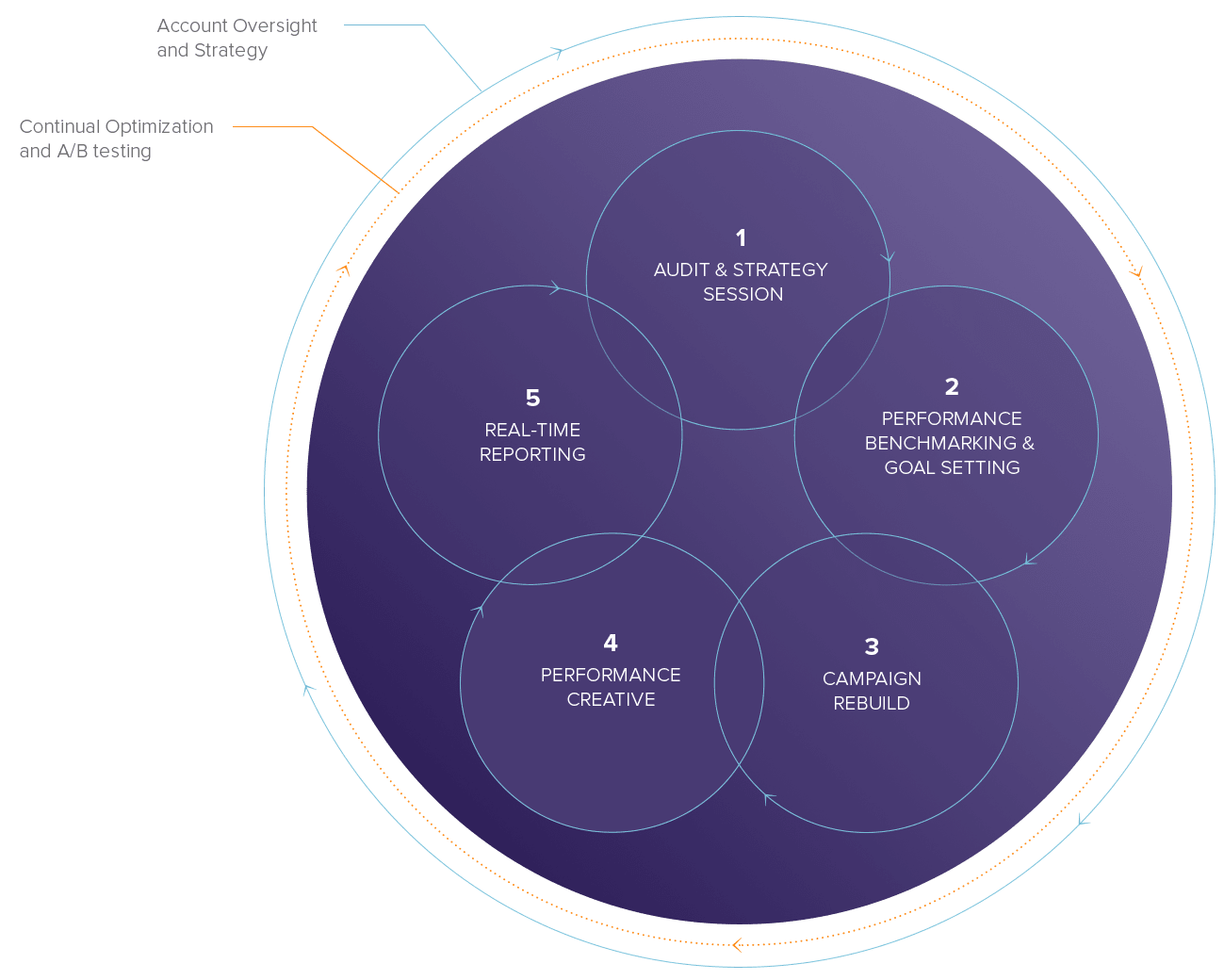Don't Throw Your Metrics against the Wall
You release the newsletter campaign and return to your email service dashboard the next day to review metrics. Clicks, opens, bounces, unsubscribes, pie charts and percentages. How can your email data collection process measure success, support future email campaigns and your ultimate business goals?
 First and foremost, determine a measurement plan that identifies which metric possesses the most value per campaign: open rate, clicks, levels of interaction and conversions. Understanding these behaviors over time will help to clarify whether your email content is doing its job. Ultimately your goal is to create valuable content, more timely and targeted to your customers needs. In turn this will build a stronger brand, better relationship and increase overall ROI.
First and foremost, determine a measurement plan that identifies which metric possesses the most value per campaign: open rate, clicks, levels of interaction and conversions. Understanding these behaviors over time will help to clarify whether your email content is doing its job. Ultimately your goal is to create valuable content, more timely and targeted to your customers needs. In turn this will build a stronger brand, better relationship and increase overall ROI.
The following techniques will help to improve email metrics.
Delivery Rates
Permission based emails may still get blocked by intelligent spam filters, network failures and mistyped email addresses. Improve your delivery rates by:
- Asking recipients to white list your email address
- Practice list hygiene
- Investigate spam reports
The industry standard delivery rate varies, depending on niche, but it can be as high as 96%, and the overall number is continually improving in the industry. As email delivery is dependent on the quality of your email service provider (ESP), choose a reputable provider for sending your campaigns.
Open Rates
Sender recognition is paramount. To increase the likelihood your email message will be opened, use your company name in the friendly from field and test subject lines. If the recipient knows your address, they are likely to open the email you have sent.
Email open rates are tracked by inserting a unique, 1×1 pixel image into the body of an email. When the image is downloaded, the email is reported as being opened.
Many email applications will block images by default. If the email is opened but the images are blocked, the tracking image was blocked, too. This means that the “Open” wasn’t reported.
Further words of caution to those who rely on open rates as the only way to measure campaign success and failure: If an email recipient is using an email client that has an email preview pane, the email may have reported as opened – even if it didn’t get read. This happens when the recipient is going through their inbox pressing the “Next Email” button without reading the contents. Technically, the email was opened for that split second, the tracking image was downloaded (if images were enabled) and the open was recorded.
Another consideration: if an email recipient is checking their email on a mobile device, they may not be looking at the HTML version of the email – they’re looking at the text version. This means that the tracking image won’t be downloaded (because it’s not in the text version) and the open won’t be recorded.
The combination of these issues can understate your open rates by as much as 35%. This doesn’t mean that open rates can’t be used as a valuable metric for your business, but it should not be the campaign show litmus tester.
Another good indicator to truly know how many people opened and glanced at your email is to look at those recipients that opened the email more than once as well as those that clicked.
Click-through Rates
Click-through rate (CTR) is a factor of open rate and is expressed in percent. The strategy here is to measure the engagement recipients display once the email is opened. Successful engagement depends upon link location and whether your marketing goals (click here, register now, read more, get more information, watch a video) are prominently displayed. Keep your content simple but direct. Focus on multiple click opportunities for a reader to engage with you but keep one offer per campaign. Over time, tailor newsletter content to the most opened topics and clicked elements.
Unsubscribe Rates
Evaluate to establish whether unsubscribers are new or old recipients opting out. If older recipients drop off, your content may be growing stale. If new contacts unsubscribe, you may not be delivering a email that is relevant to the specific reader.
A high unsubscribe rate (>1%) signals that something is not right with your content. It may not match your subscriber’s expectations. Segmentation, content revisions and new offers should help engage the subscriber’s interest.
Conversion rates: Achieving your campaign goal – whether it is registration, purchase, download or a phone call – is a result of your newsletter as a whole. Did your subject line entice subscribers to open your mail? Is the call to action clear and easy to comply with? Is the campaign branded, text customized, forms and graphics reflecting your corporate identity? While you want to keep the process simple, don’t lose any momentum to a misplaced element or a form that consumes too much time to complete or doesn’t capture the correct data.
The conversion rate is often mistaken for a meaningful email marketing statistic by itself. Well, it is nice if subscribers like your products, sure, but if you sell $500 worth of products to 1% of your list, or $50 worth of products to 2% of your list, the conversion rate — although higher in the latter case — can lead you to believe that you are doing better in terms of money.
Here’s a well-known “secret”. You can boost the conversion rate by offering samples of your products, or trials if you are offering services. Give your clients a taste of who you are and what you do.
Cost-Per-Click (CPC)
CPC is an email marketing metric that tells you how much you “pay” for each click a user makes. So let’s say your campaign costs $500 (money for copywriting, email marketing software, marketing, etc), and gets 500 clicks. You wind up paying $1 for a click — which would be quite reasonable for some businesses.
However, if you feel your CPC rate is too high, you should revise your content, emphasizing clear calls to action and additional links for engagement. Remember that email marketing’s first goal is to keep you top-of-mind with your prospects and clients. So, even if your specific email does not have a high CPC rate it may still be doing its job keeping your brand in the spotlight.
Summary
Review your email metrics regularly and the patterns will emerge. Best day and time to release; engaging subject lines; popular newsletter topics; services and products that your customers require. Analyzing your subscribers’ behaviors provides insight to their interests. Knowing what they like (and what they don’t) will help to enhance your newsletter and continue to build your customer relations.
Don’t throw your email metrics at the wall to see what sticks. The best and most efficient way to measure newsletter results is through content creation and data analysis. Statistics without proper context are what they are, mere numbers; what actually counts is what you do with these numbers.
If you want some free advice give us a holler and we’ll take a look at your analytics or recommend ways for improvements.











